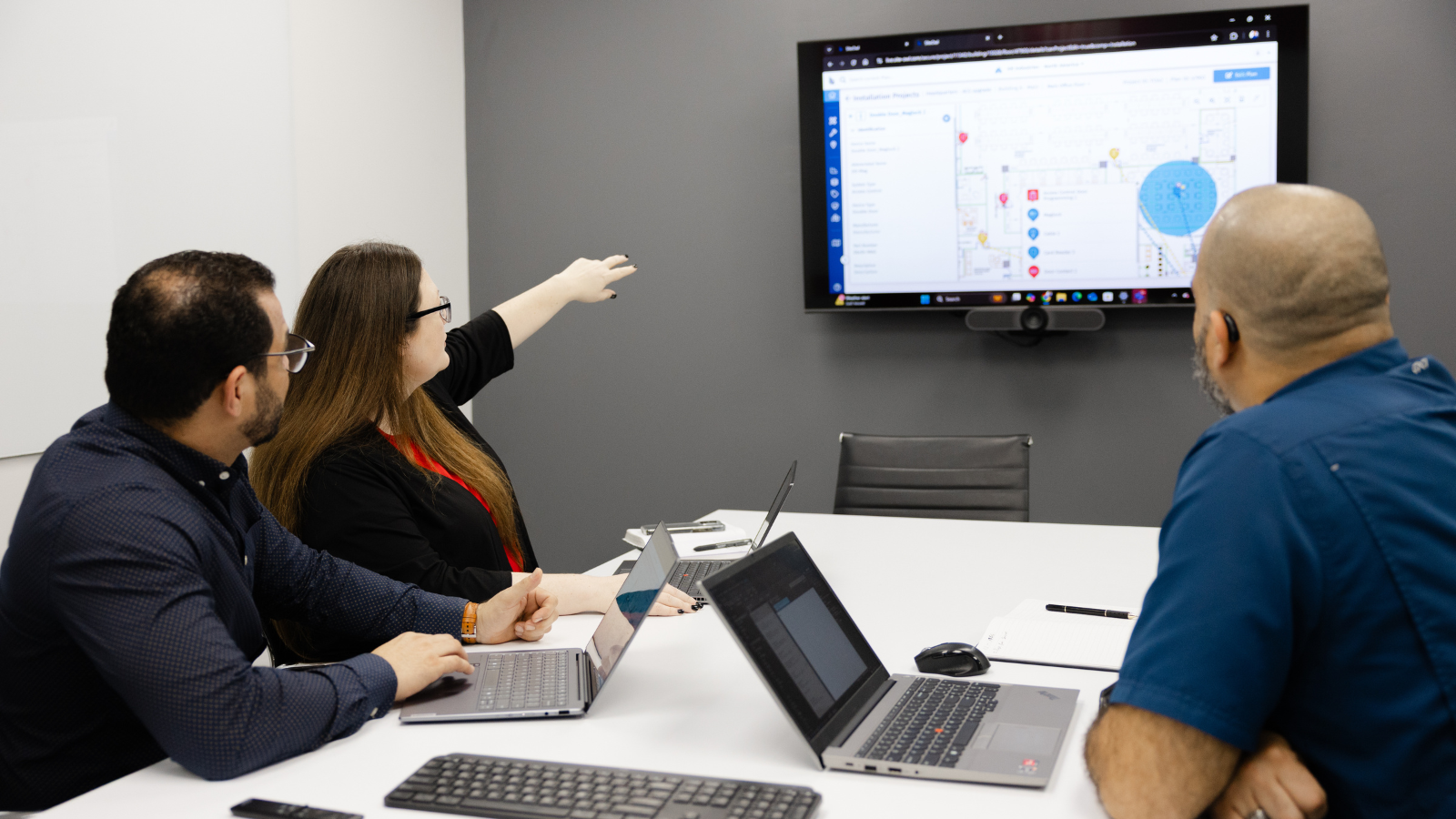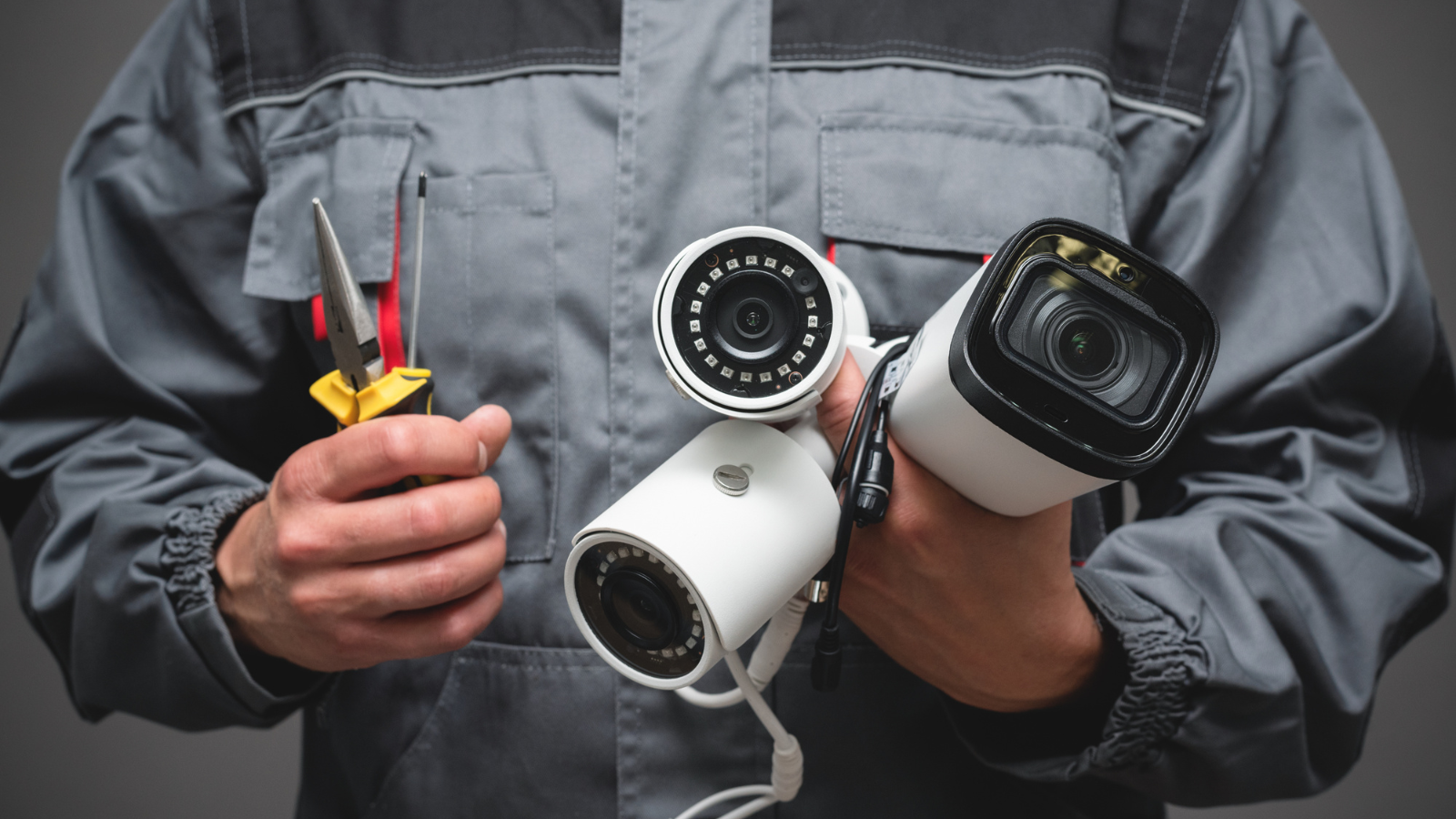Physical security is crucial in today’s constantly evolving threat landscape. Despite the focus on cybersecurity, physical security remains a vital part of any organization’s security plan. A recent report shows that 85% of cyber breaches involved a human element, including exposure to insider threats and physical breaches.
To effectively manage and streamline physical security systems, organizations should adopt a proactive approach and implement a physical security lifecycle management strategy.
This guide offers key insights on physical security lifecycle management and includes a free assessment tool for security directorsto evaluate their current security program.
What is a proactive physical security approach?
Being proactive about physical security means being proactive about identifying and reducing risks to your organization’s physical assets. This includes doing things like risk assessments, security audits and security planning.
But, it’s not always easy for security directors to keep up with ever-changing threats and keep their systems running smoothly. To be successful, security directors need the right tools, frameworks and a team that is equipped to meet their organization’s needs. A key part of this is having a lifecycle management strategy in place. This should be at the core of any physical security plan, It is important for the security director to ensure that the physical security systems are up-to-date and are running efficiently by managing them throughout their lifecycle.
What is physical security lifecycle management?
Physical security lifecycle management is the practice of managing and maintaining the various systems, devices, and services that make up your physical security infrastructure. This includes things like cameras, access control systems, video management systems, intrusion detection systems, perimeter intrusion detection, and other security technologies. By having a process in place for managing the physical security lifecycle, security directors and managers can make sure their systems are running smoothly, meeting the needs of their customers, and effectively protecting the organization.
Managing physical security systems can be complex and it’s not practical to do it manually. That’s why security directors are turning to physical security lifecycle management platforms. SiteOwl is one example of a platform that can help organizations manage their security devices in a more efficient and comprehensive way. It’s a cloud-based platform that can scale as your organization grows.
Security System Lifecycle Assessment
A security system lifecycle assessment is a way for organizations to identify potential risks and vulnerabilities that could affect their security systems. This includes evaluating the current state of their security systems, finding any gaps in their security infrastructure and taking steps to fix those gaps. This assessment can be beneficial for any organization that wants to improve their security posture and make sure their security systems are running smoothly. Additionally, the assessment can help security directors:
- Understand the current state of their physical security system lifecycle practices.
- Identify ways to make better use of resources.
- Discover areas where security operations can be improved.
- Establish more efficient ways of working with integrators.
- Analyze ways to lower costs and increase efficiencies.
- Identify opportunities for risk reduction.

Completing the Security System Lifecycle Assessment
The Security System Lifecycle Assessment is a valuable tool for security directors to evaluate their security system practices and pinpoint areas that need improvement.
Simply download the assessment and answer the questions as accurately as you can. The assesment takes less than 10 minutes to complete.
Physical Security Lifecycle Management Platform
SiteOwl is the premier physical security lifecycle management solution available for security directors. It allows them to design, install and manage their security systems all from one central dashboard. With SiteOwl, security directors have the ability to equip their teams with the necessary tools to maximize uptime and reduce risks.
As physical security continues to evolve, security directors will find themselves having more responsibilities in utilizing technology to prevent crime and protect people and properties. By completing the Physical Security Lifecycle Management Platform Assessment, security directors can receive a report on how well their organization utilizes their devices and how well they are integrated with the rest of the security program.
Download it today!

Su Subburaj
Su is SiteOwl's CMO and leads all marketing and communications. Su has extensive strategy and management consulting experience and previously consulted for 3Sixty Integrated where she gained an in-depth understanding of digital transformation challenges in the physical security industry. When not working on strategies to expand SiteOwl's footprint, Su enjoys bad karaoke, weightlifting and traveling.




